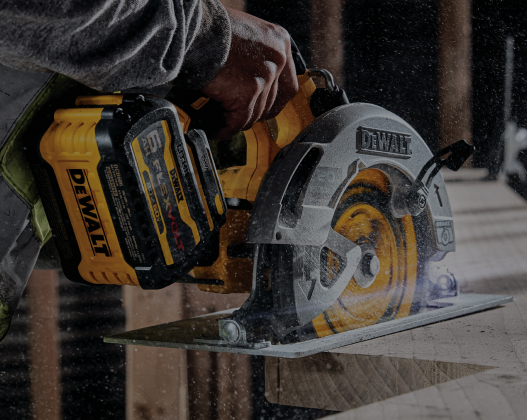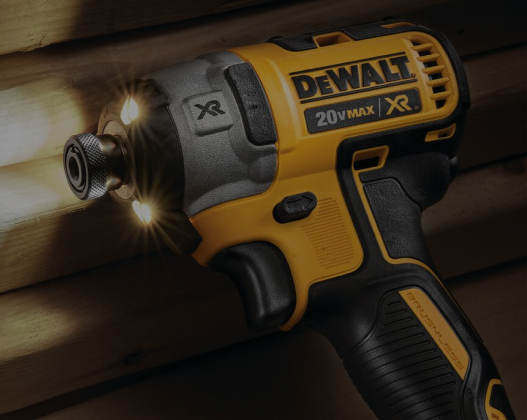We couldn’t find matching products for
Milwaukee Polishers
- Featured Items
- Top Sellers
- Price (Low to High)
- Price (High to Low)


Incredible Savings Every Week with Our Weekly Markdowns!

Polisher
Polishers are used to enhance the appearance of metal and other materials, removing imperfections and adding a shiny finish. They’re commonly used by car owners and auto professionals to polish the body of a vehicle. A polishing machine features a head that rotates in a circular motion at high speeds to polish the material. The head is attached to a polishing pad typically made from foam, wool, or microfiber.
Polishers can remove a range of defects from a car’s paintwork, such as:
- Water spots
- Swirls
- Etching
- Stone chips
- Light and deep scratches
- Oxidization
Rotary vs. Dual Action Machine Polishers
Polishers generally come in two varieties: rotary and dual action. Rotary polishers have a head that connects directly to the drive mechanism and spins in a circular motion. This allows them to work more quickly and aggressively to eliminate imperfections in the material being polished. However, they can be a bit more difficult to handle and if you’re not careful you can cut through the paintwork completely. As a result, rotary polishers are typically favored by professional detailers.
Dual action polishers, also known as random-orbit polishers, feature a concentric circulation action that causes them to rotate in random elliptical orbits rather than a continuous circular motion. This “wobble” prevents heat build-up and makes it far less likely you’ll burn through the paintwork. A dual action polisher can still take care of most defects, however. If you’re just looking for a tool to polish the body of your car at home, you’ll probably want a dual action model.
Variable Speed Polishers
A variable speed polisher features a dial, knob, or switch that allows the user to control the speed at which the polishing head rotates. You can find polishers that operate at a wide range of speeds, such as from 2,500 to 6,800 orbits per minute (OPM). This is a great feature to have since you can adjust the polisher to the demands of the job at hand. If you’re only doing a light touch-up, you can set the tool at a lower speed to avoid ruining the paint. When you need to be a little more aggressive to remove a stubborn scratch or mark, you can easily turn it up.




































